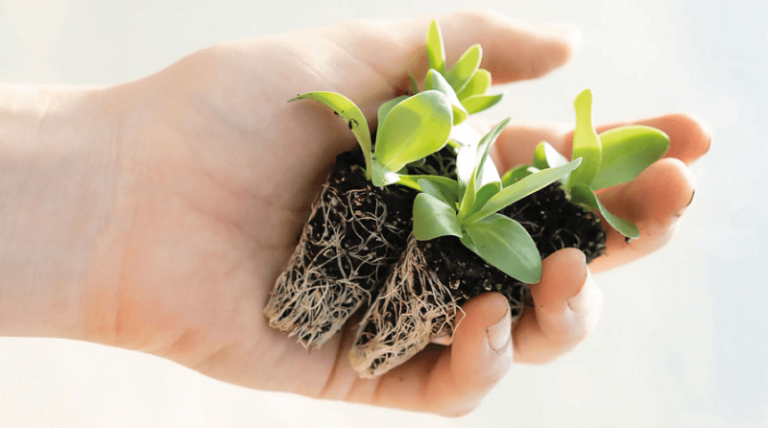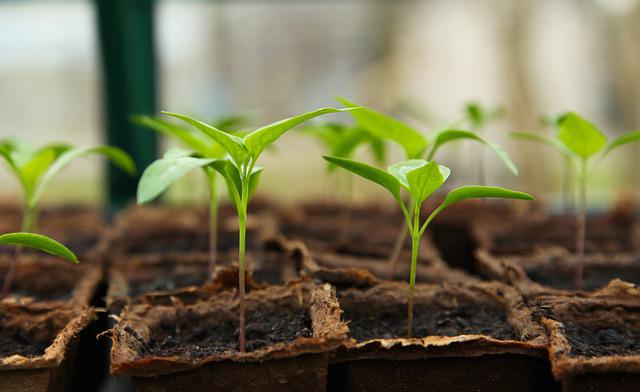The process that selects the sperm that has the highest fertilizing potential
The sperm quality of 21st century men has suffered a decline compared to their ancestors’. The function of sperm is to penetrate an egg and release its DNA so that fertilization can occur. In the event that the genetic material is damaged, there will be less chance of success.
Sedentary life, obesity, and toxic habits are very harmful to the production of sperm with good fertile capacity. Numerous studies show that males who smoke have a 13% decrease in sperm mobility, a reduction of up to 23% in concentration, and an increase in DNA fragmentation, as well as a 28% decrease in the likelihood of pregnancy.
Excessive alcohol consumption is linked to teratozoospermia in males – less than 4% of sperm have normal morphology – and oligozoospermia – semen with low sperm count -decreased libido, and erectile dysfunction. Additionally, diseases such as diabetes or prostatitis – a bacterial infection of the prostate gland – may also damage the sperm.
In the various assisted reproduction techniques (IA, IVF or ICSI), sperm capacitation processes are routinely used as part of the process of assessment of sperm quality through the spermiogram with MSC (Motile Sperm Count).
Under natural conditions, sperm undergo a quantitative and qualitative selection process, so that only the best reach the egg and fertilize it. Natural capacitation occurs after ejaculation, once the sperm come into contact with the female genital tract. This capacitation process intended to fertilize the egg entails a number of changes. Mobile sperm are separated from the immobile ones, which are left behind, while the seminal plasma is eliminated and the sperm are accelerated. This activation generates changes in the movement pattern and in the acrosome, and a part of the head of the sperm containing enzymes, which when released will allow it to penetrate the cells surrounding the egg until it becomes fertilized.
In the lab, several techniques are used with the same purpose and work with a sample to achieve the best possible fertile conditions. Within the sperm capacitation methods, density gradients are the most used, where sperm, through the force generated by a centrifuge, cross through several layers of a viscous solution, generated with silicone particles, which selects them based on their density, thus obtaining a sample with better mobility, morphology and maturity. It also allows to effectively eliminate viruses and bacteria present in seminal plasma.
Another alternative is the one called Swim Up, a seminal sample spinning washing technique that concentrates sperm at the bottom of the work tube in a specific culture medium and then leaves them as long as necessary at a 45-degree angle. During this time only the sperm with the best mobility will colonize the top of the medium and are the ones that will be selected. The advantage of this technique is that the selection is more physiological than the previous one.

Both techniques are simple to use; we may choose one or the other depending on the characteristics of the sample and the technique in which it will be applied.




